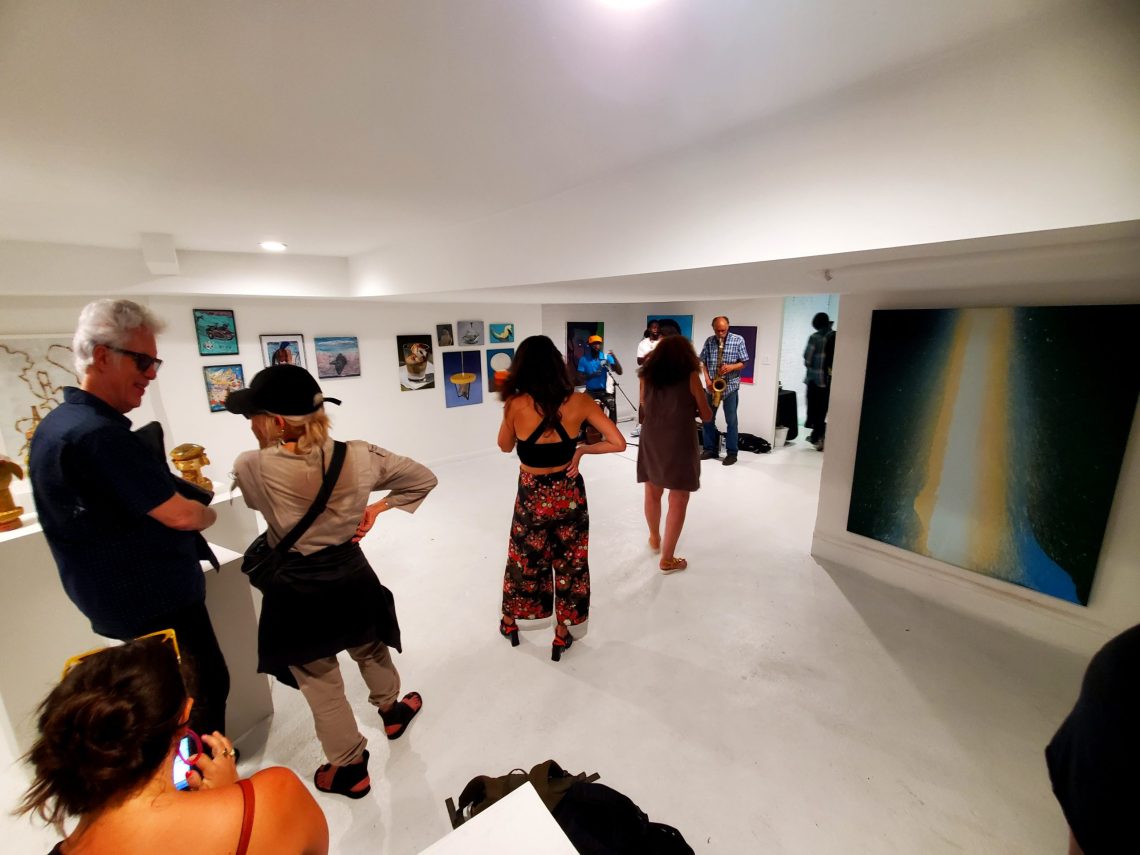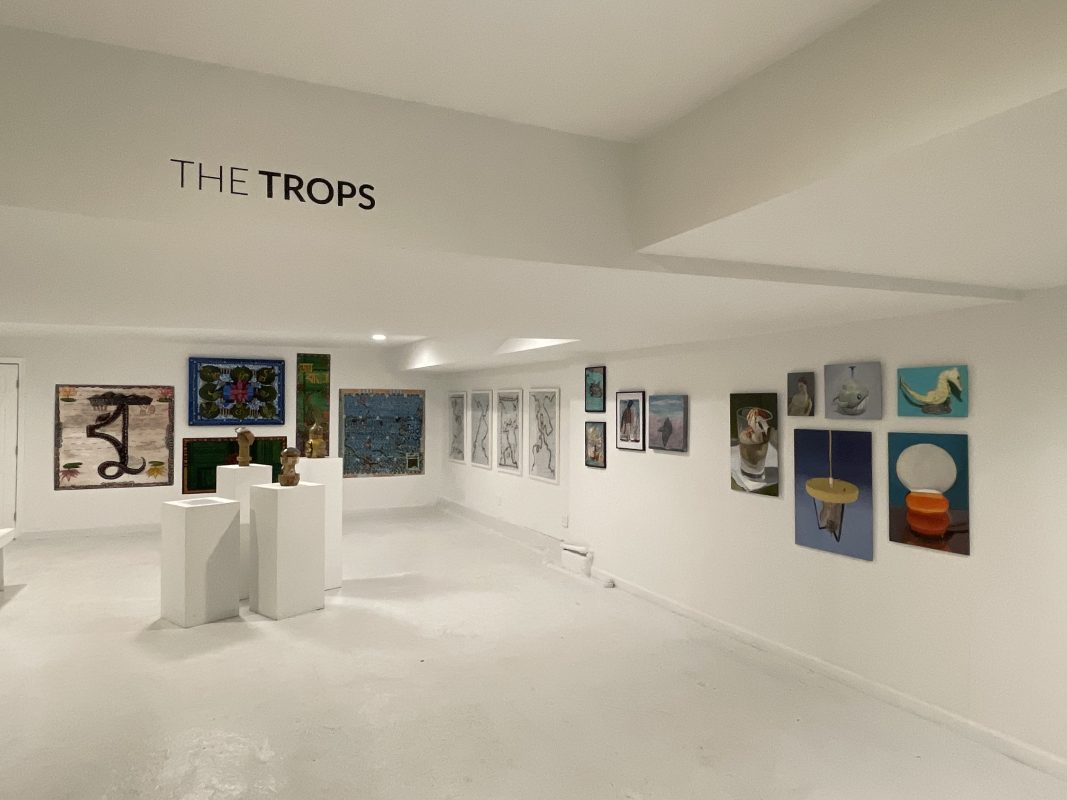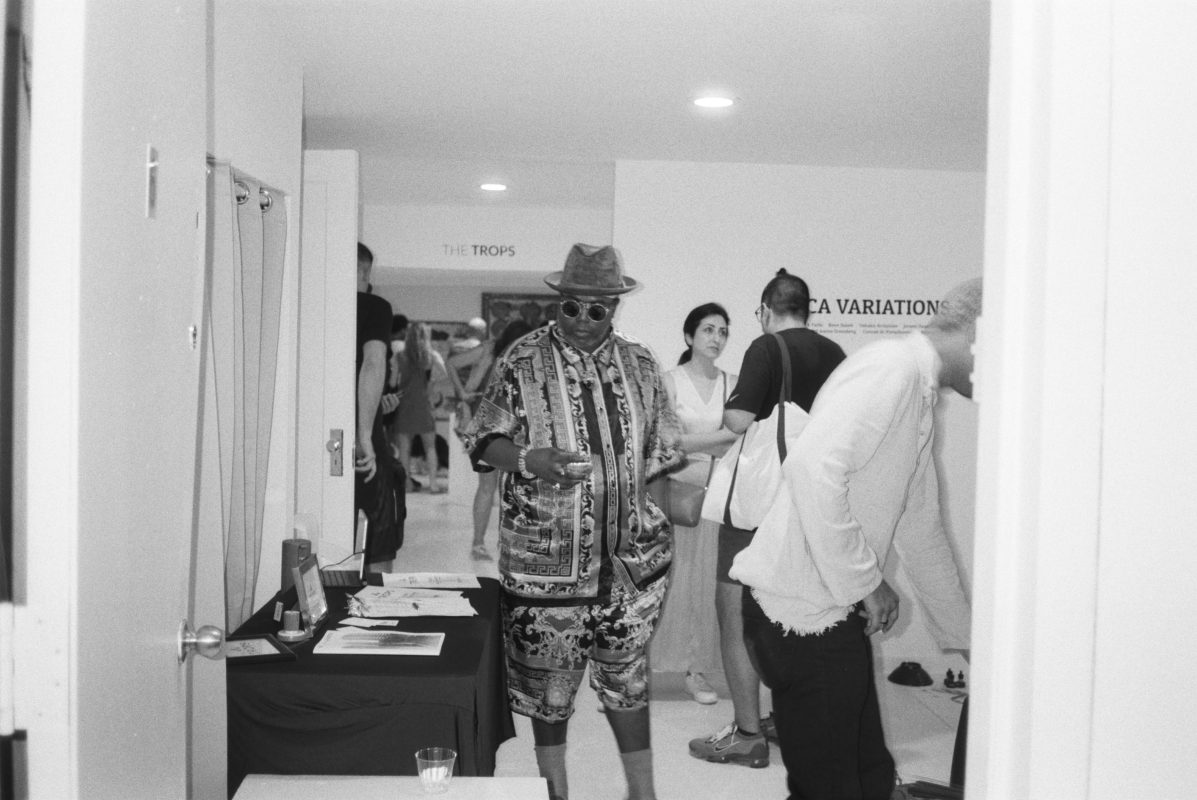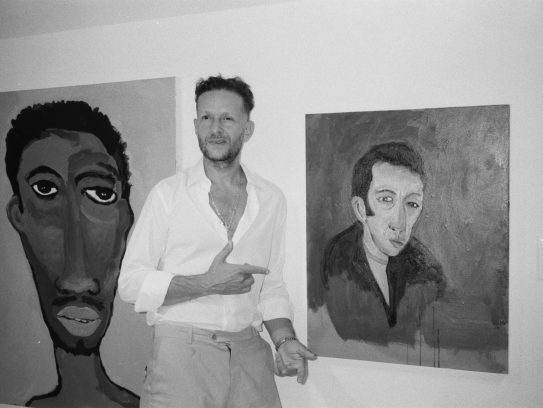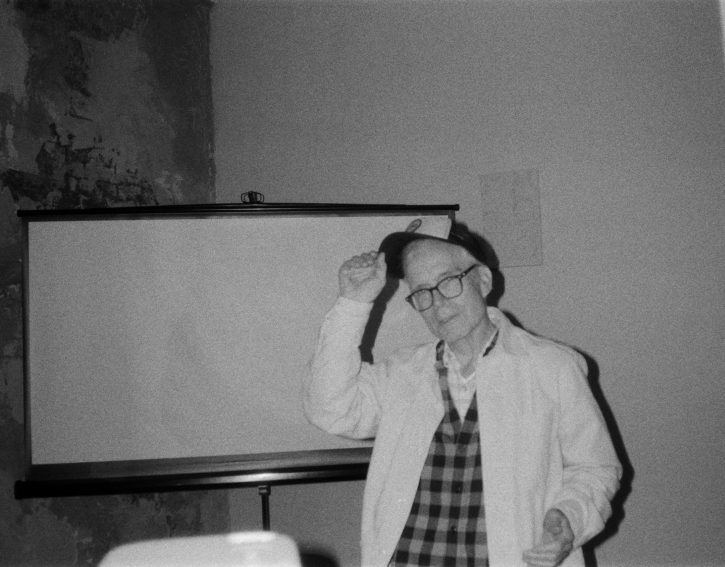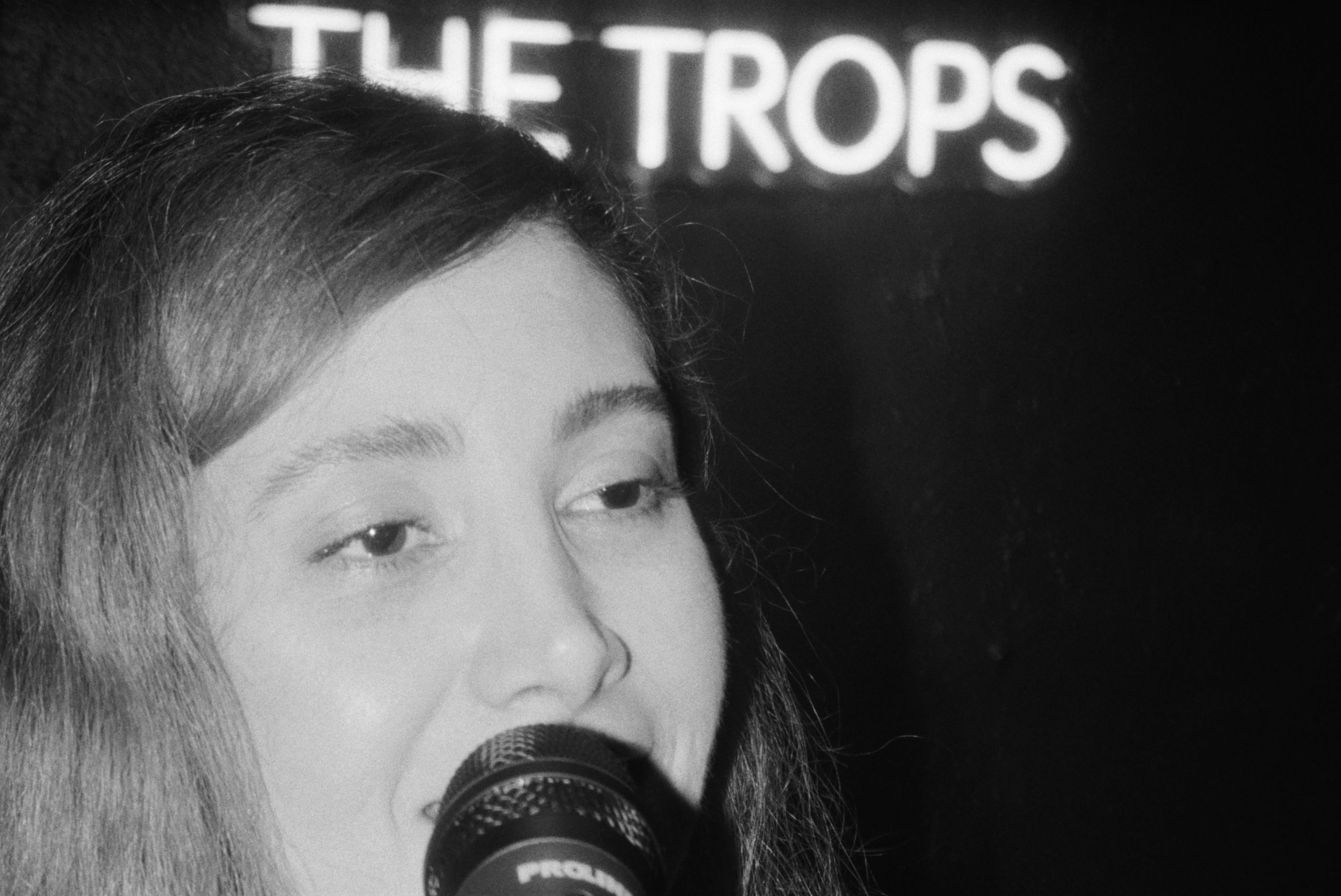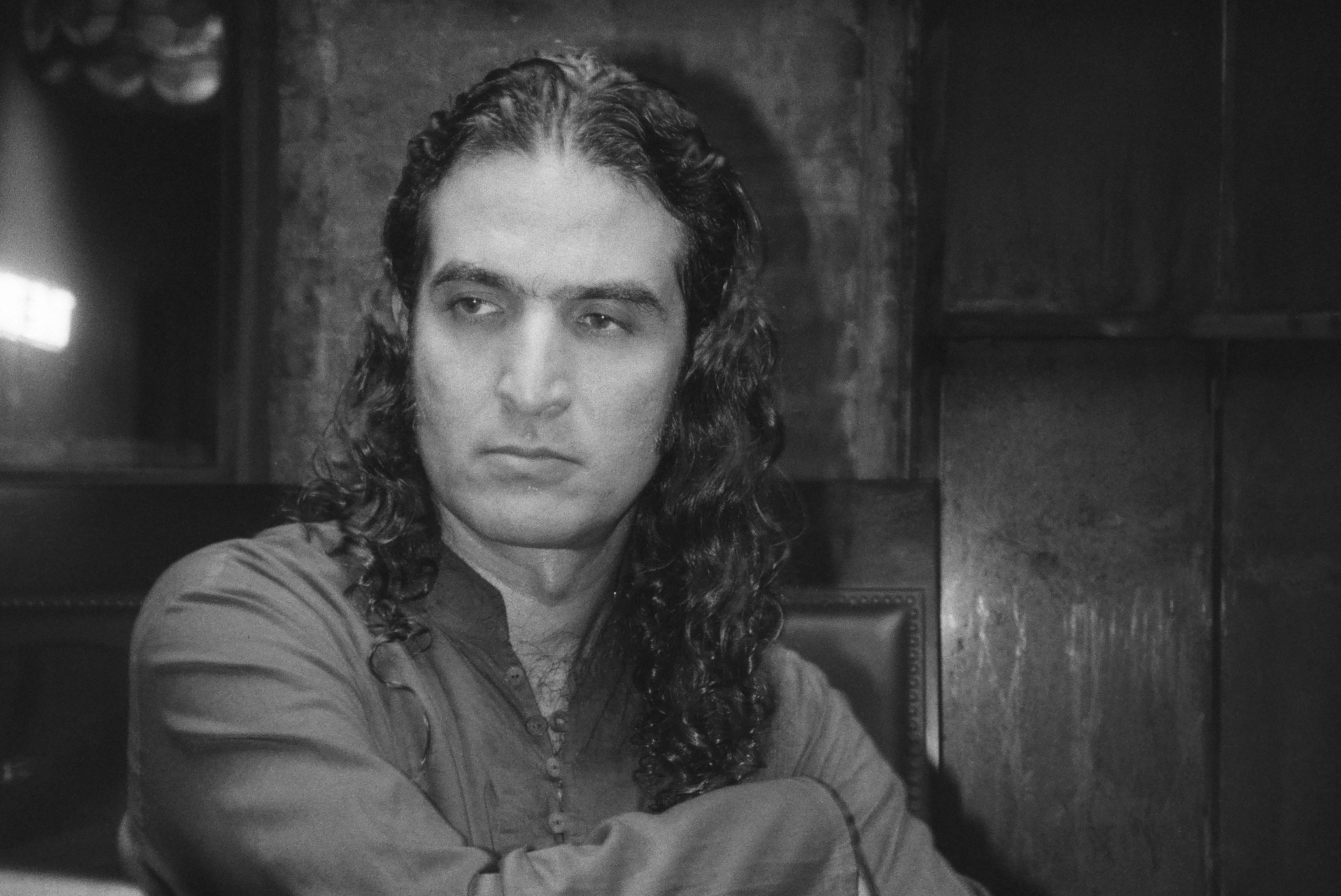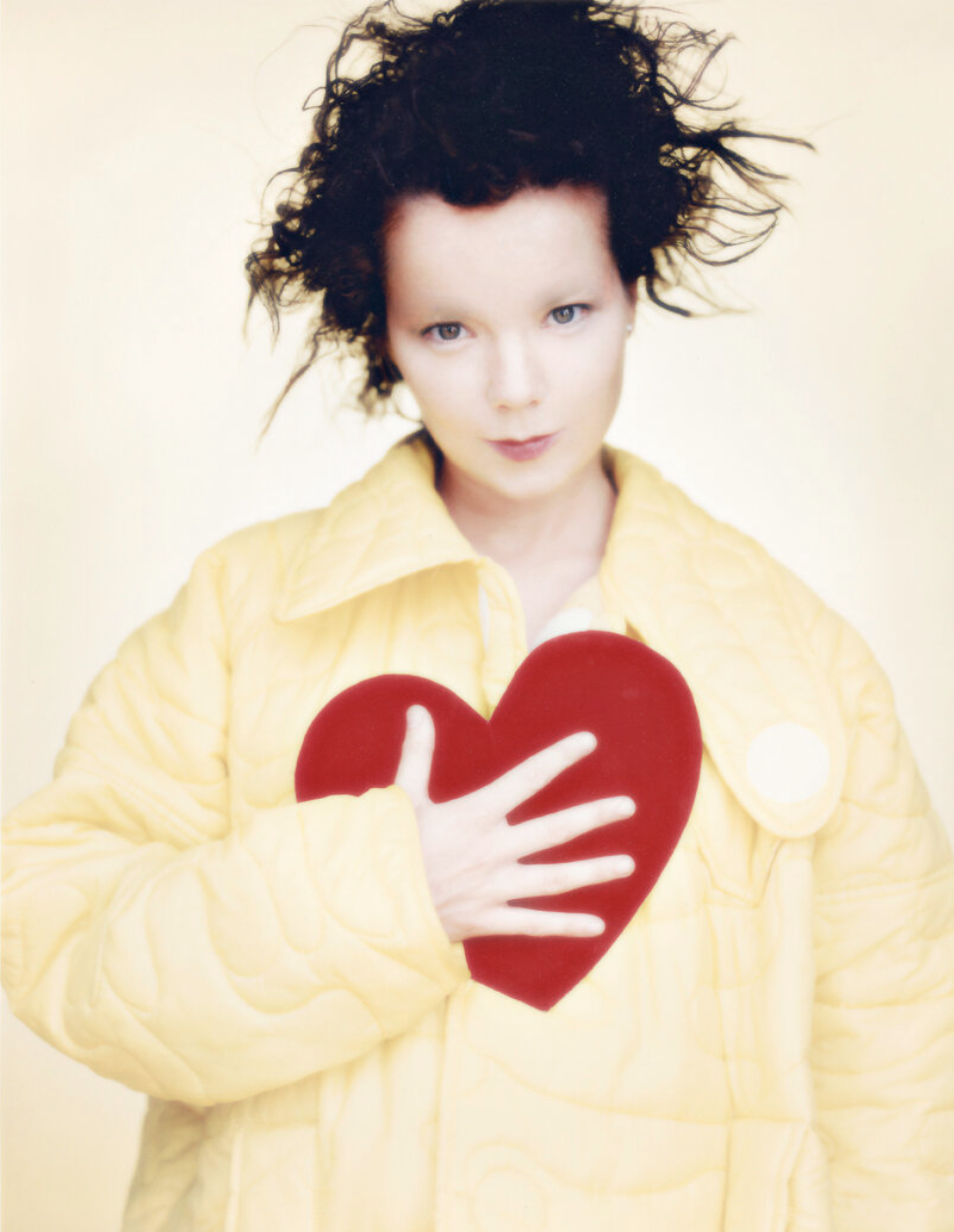NM: When you don’t know the rules it’s better? Don’t you think you should know the rules, so you can break them?
Barron Claiborne: No! Because you’ll still be bound by the rules. Even though you think you’re breaking them, you’re still bound by them– as opposed to not knowing the rules at all, so you don’t care. I looked in the magazines that I liked the most, and then I started going to them with my portfolio, but I didn’t have any money. I had a bunch of photos in a photo box, that’s how we used to do it if you were broke. I was teaching kids and then came back to New York, and I had like seven boxes of shit. I was like, “Oh, I got to stop being a teacher and I got to fucking do some shit with this.” So then I printed a bunch of pictures over a couple of months, put them in boxes because I couldn’t afford the book things, and I started bringing them around.
I went to the New York Times because I always liked it. I was in front of the building, and I looked inside to see the number of the photo editor, and I saw it was Kathy Ryan, and her number was there. I called her, and said, “Hi, my name is Barron, I have a bunch of photos that I’d like to show you.” And she was like, “Yeah, but this isn’t how we do things, you drop it off on Wednesday,” and I’m like, “Look, I’m right underneath you, in the building. I’ll drop it off because I know you must go to lunch,” whatever. And she says okay and tells me to come up. And I went up there and I showed her the box of photos and she gave me a job the next day.
And it was because I didn’t know any better. Everybody else to this day is like, “How the fuck did you get to shoot with the New York Times?” And I just called her from below and no one believes me. They refuse to believe. But I didn’t know the rules, so I was like, fuck it, I’ll call her, her numbers right there. She’s either going to say no, or yes. And she said yes. And I went up there. At the time I looked super young, and she was weirded out by my age when she saw me, but then I showed her the photos and they were beautiful pictures of the kids that I taught photography to at camp. So then she was like, “Wow, these are really beautiful.” And she gave me a job.
NM: Wow. Just putting yourself out there.
Barron Claiborne: Yeah, I just didn’t give a fuck, right. Because if I would have known when the right day was to drop my stuff off, or thought they were never going to take me, all this shit– I didn’t give a fuck. And that’s how I got a lot of things. I just went to them.
NM: Where did that self-confidence come from?
Barron Claiborne: I have no idea. Hungry. I was fucking hungry, dude. When I moved to New York, I would just eat slices of pizza and go buy fucking linguine and make some sauce that lasted a week, you know. I love Italians. I survived on pasta and pizza. When I moved to New York, I used to be so fucking hungry, I’d be walking around with a headache and shit looking for a job. It was crazy.
NM: You weren’t getting paid, working for these photographers?
Barron Claiborne: No, you got paid, but it was nothing. Back then, I think it was like $25 bucks a day, right? But I didn’t work as an assistant all the time because I wanted to work on my own photography. And then after a while assisting, I was like, fuck this shit. I might as well make a portfolio myself.
NM: What triggers that decision to just go for it?
Barron Claiborne: When they start having you do menial tasks, putting quarters in their car meter, shit like that. And they would ask you for your portfolio. That always made me suspicious.
NM: When the people you were assisting would ask for your portfolio?
Barron Claiborne: Yeah. You always have to show them because they would steal motherfuckers’ work.
NM: Oh, of course.
Barron Claiborne: But you didn’t know that when you were young.
NM: You think they’re just checking up on your work?
Barron Claiborne: No, I mean they would act like you’re young and naïve, and it’s like your resume. But they’re looking at your shit to steal it. Because they recognize you have a lot of talent and no one has seen your process, no one’s seen your work.
NM: I see this so much on social media with painters.
Barron Claiborne: Everyone’s just copying each other’s shit. Everywhere. It’s not even local now, because of social media. So before, I wouldn’t know what people were doing in the art scene in fucking Oklahoma, I didn’t give a fuck. But now you have access to all that. And I think it’s a bad thing.



























